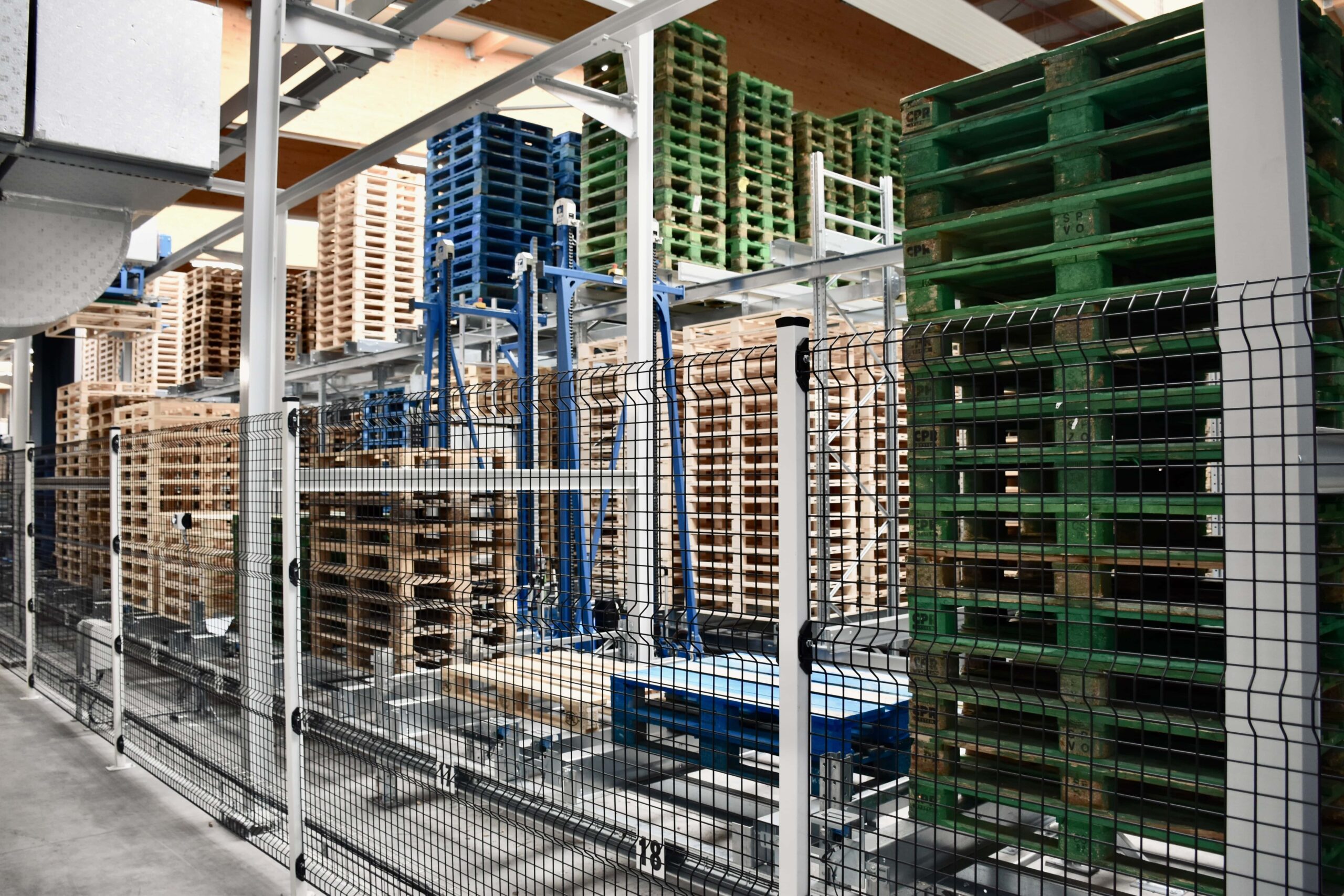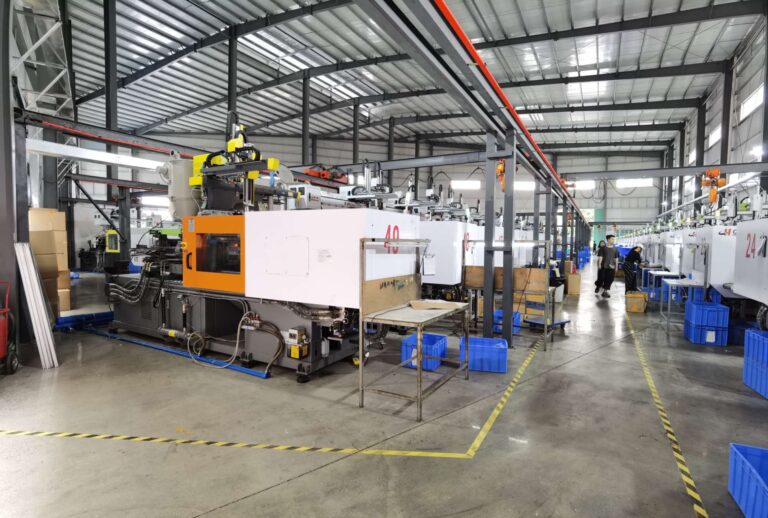Più di 50% delle persone che fanno affari non si informano realmente su ciò che è OEM o ODM. La Cina è emersa come una potenza manifatturiera di primo piano, in grado di offrire una vasta gamma di prodotti a prezzi competitivi. Quando si parla di approvvigionamento di prodotti, due termini comunemente utilizzati sono OEM (Original Equipment Manufacturer) e ODM (Original Design Manufacturer). Avete un partner fornitore OEM o ODM in Cina? Approfondiamo il mondo della produzione OEM e ODM in Cina, esplorando le definizioni, le differenze, i vantaggi e le considerazioni chiave per le aziende.
Che cos'è la produzione OEM?
La produzione OEM si riferisce al processo in cui un'azienda produce beni sulla base delle specifiche o dei progetti di un'altra azienda. Secondo un rapporto di Grand View Research, le dimensioni del mercato globale della produzione OEM sono state valutate a 798,1 miliardi di dollari nel 2022 e si prevede che cresceranno a un tasso CAGR del 9,4% dal 2023 al 2028. In Cina esiste una vasta rete di fabbriche specializzate nella produzione OEM, che si rivolgono a un'ampia gamma di settori e categorie di prodotti. Queste fabbriche sfruttano la solida infrastruttura produttiva del Paese, la forza lavoro qualificata e i costi competitivi per produrre prodotti di alta qualità.
Il concetto di produzione ODM
A differenza della produzione OEM, la produzione ODM coinvolge l'intero processo di sviluppo del prodotto, comprese la progettazione e la produzione. I produttori ODM non solo producono i prodotti, ma forniscono anche servizi di progettazione e competenze. Secondo un rapporto di Market Research Future, il mercato globale degli ODM dovrebbe raggiungere i 58,07 miliardi di dollari entro il 2027, con un tasso di crescita del 5,5% dal 2022 al 2027. I produttori ODM cinesi si sono affermati come leader del settore, offrendo soluzioni complete di sviluppo prodotto e servizi chiavi in mano alle aziende di tutto il mondo.

Le principali differenze tra produzione OEM e ODM
Proprietà del progetto: Nella produzione OEM, il cliente mantiene la proprietà del progetto del prodotto e fornisce specifiche al produttore. Il ruolo del produttore OEM è quello di produrre il prodotto secondo i requisiti del cliente. D'altra parte, nella produzione ODM, il produttore ODM si assume la responsabilità del design del prodotto e offre al cliente una soluzione pronta per l'uso. Presentano una gamma di progetti o opzioni esistenti tra cui il cliente può scegliere.
Livello di personalizzazione: La produzione OEM consente un maggior grado di personalizzazione e di controllo del processo produttivo. Il cliente può fornire specifiche dettagliate, assicurando che il prodotto risponda esattamente alle sue esigenze. Ciò è vantaggioso per le aziende che hanno requisiti di prodotto specifici e competenze di progettazione. La produzione ODM, invece, offre progetti già pronti e servizi completi di sviluppo del prodotto. È adatta alle aziende che cercano una soluzione "chiavi in mano" o che non dispongono di capacità di progettazione interne.
Coinvolgimento nello sviluppo del prodotto: La produzione OEM comporta un livello più elevato di coinvolgimento del cliente nello sviluppo del prodotto. Il cliente ha un ruolo significativo nel processo di progettazione e sviluppo, fornendo specifiche e linee guida. Nella produzione ODM, il produttore ODM si occupa dell'intero processo di sviluppo del prodotto, compresa la progettazione, la produzione e talvolta anche il marchio. Il cliente è meno coinvolto e può scegliere tra progetti o opzioni esistenti.
Time to market: La produzione OEM può richiedere più tempo per portare un prodotto sul mercato, in quanto comporta un processo di progettazione e sviluppo. Il contributo e l'approvazione del cliente sono fondamentali in varie fasi, il che può allungare i tempi complessivi. Al contrario, la produzione ODM offre un time to market più rapido, poiché i progetti sono già disponibili. Il produttore ODM può adattare rapidamente il design scelto per soddisfare i requisiti del cliente e avviare la produzione.
Protezione della proprietà intellettuale: Nella produzione OEM, il cliente mantiene la proprietà del progetto del prodotto, garantendo un maggiore controllo sui diritti di proprietà intellettuale. Il cliente può proteggere i propri progetti proprietari e impedire che vengano condivisi o utilizzati da altri. Nella produzione ODM, il cliente in genere non ha la proprietà del progetto, poiché il produttore ODM fornisce una soluzione già pronta. È essenziale disporre di accordi e contratti chiari per proteggere i diritti di proprietà intellettuale in entrambi i casi.
Scelta tra produzione OEM e ODM
La scelta dell'approccio produttivo più adatto dipende da vari fattori, tra cui le competenze del cliente, il livello di coinvolgimento desiderato, i vincoli di tempo e le considerazioni di budget. Per le aziende con requisiti di prodotto specifici ed esperienza nella progettazione, la produzione OEM può essere la scelta preferita. Il cliente può fornire specifiche dettagliate, garantendo che il prodotto soddisfi esattamente le sue esigenze. La produzione OEM consente un maggior grado di personalizzazione e di controllo del processo produttivo.
Secondo un'indagine di Thomas, 47% dei produttori nordamericani scelgono la produzione OEM per la personalizzazione dei prodotti. D'altro canto, le aziende che cercano una soluzione "chiavi in mano" o che non dispongono di capacità di progettazione interne possono trovare più adatta la produzione ODM. I produttori ODM offrono progetti già pronti e servizi completi di sviluppo del prodotto, rendendo più facile per i clienti portare nuovi prodotti sul mercato in modo rapido ed efficiente.
I vantaggi della produzione OEM e ODM in Cina sono molteplici
Efficienza dei costi: Sia la produzione OEM che quella ODM in Cina offrono vantaggi in termini di costi grazie alla solida infrastruttura produttiva del Paese, alle economie di scala e al costo competitivo della manodopera. La disponibilità di manodopera qualificata e di processi produttivi efficienti contribuisce a ridurre i costi di produzione, consentendo alle aziende di risparmiare sui costi mantenendo la qualità dei prodotti. Secondo un rapporto di The Balance Small Business, i costi di manodopera più bassi della Cina possono portare a risparmi fino a 30% rispetto alla produzione nei Paesi sviluppati.
Controllo qualità: La collaborazione con rinomati produttori OEM e ODM in Cina garantisce il rispetto degli standard di qualità e delle norme di produzione. Molti produttori cinesi hanno esperienza di lavoro con clienti internazionali e conoscono i requisiti di qualità globali. Hanno stabilito misure di controllo della qualità per garantire che i prodotti finali rispondano alle specifiche desiderate e soddisfino o superino gli standard del settore.
Comunicazione e linguaggio: Le barriere linguistiche e la comunicazione possono talvolta rappresentare una sfida quando si lavora con i produttori in Cina. Tuttavia, molti produttori dispongono di team dedicati in grado di comunicare efficacemente in inglese o in altre lingue. È importante scegliere un produttore con buone capacità di comunicazione o collaborare con un agente di sourcing locale che possa facilitare una comunicazione efficace e colmare eventuali lacune linguistiche. Una comunicazione regolare e una documentazione chiara aiutano a garantire che entrambe le parti abbiano una comprensione reciproca dei requisiti e delle aspettative del progetto.

Conclusione:
La produzione OEM e ODM in Cina offre alle aziende preziose opportunità di approvvigionamento e produzione di un'ampia gamma di prodotti. Comprendere le differenze tra produzione OEM e ODM aiuta le aziende a prendere decisioni informate in base ai loro requisiti e obiettivi specifici. Sia che le aziende scelgano la produzione OEM o ODM, l'esperienza produttiva, l'efficienza dei costi e le capacità complete della Cina possono rappresentare una risorsa preziosa, in grado di aiutare le aziende a portare i loro prodotti sul mercato con successo. Con le previsioni di crescita dei mercati OEM e ODM a livello globale, sfruttare le capacità produttive della Cina può fornire alle aziende un vantaggio competitivo nell'attuale contesto di mercato dinamico.



